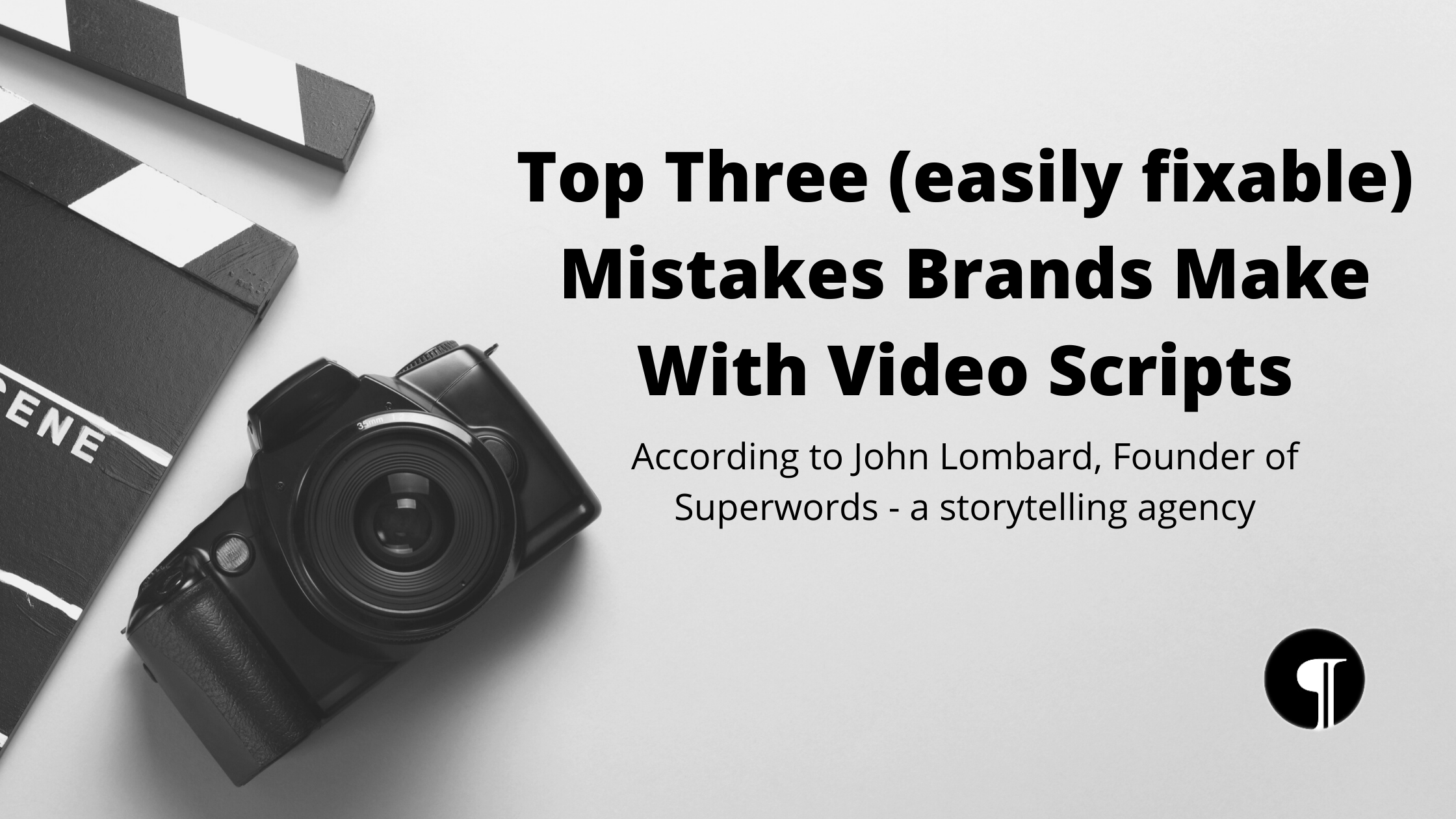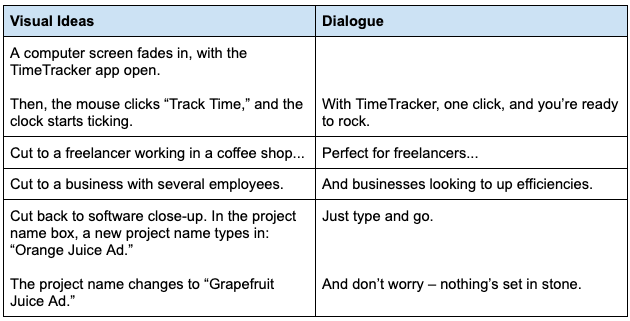
Alright, so it’s time to crack your knuckles and knock out that video script. Maybe you’re writing an explainer video, or an ad for a new product, or maybe you’re shooting for the stars with the next Dollar Shave Club or Dr. Squatch viral ad. Here’s the thing, you can totally do it. We’ve got all the faith in you. But there are some key things you just can’t skip along the way.
Because by doing so, you quickly bury your script. And a script that’s six feet under is hardly inspirational.
But a script that’s solid, a script that flies – now that can set the tone for a truly killer production process. And it all starts by you avoiding these all-too-common (and easily fixable) mistakes.
# Mistake 1: Skipping the Outline
It’s tempting to dive right into script mode – alongside a hot coffee and inspirational music. But all this means is you’re essentially running on the spark of an idea – the exciting part of the overall larger concept. And that’s not enough to sustain a story.
But hey, hold on, don’t walk away just yet – because outlining is super great, and will only make your idea better. And it’s simple: you’re just sorting said idea into one of several storytelling formulas that, for years and years, have worked really, really well.
Start by → Thinking about the customer’s pain point, and how you’re able to solve it. Then, outline.
Writing a traditional video to show off your product or service? Try an outline like this:
- Intro the problem
- Show the solution
- Quickly show 1-3 features + benefits
- Mention any social proof, whether that’s testimonial quotes, stats, or brands you’re working with
- Briefly discuss how it works (if you can, break it into three steps)
- End by inviting the viewer to try it out
If you’re writing a more creative video ad, start with a logline:
When [something happens] to [character plus one trait], they must [take action] or [bad things happen].
Let’s say you’re writing a commercial for a time tracking app. This logline might look like:
When Mike, a scattered employee, is told by his boss he works too many hours, Mike must do whatever it takes to leave on time… or risk losing his job – or worse, a training seminar.
Now we have a story. A story where the time tracking app is suddenly the hero.
# Mistake 2: Leaning Hard on Buzzwords
You might think of your product as an industry disruptor, but you don’t need to say it out loud.
There’s a classic saying in storytelling: Show, don’t tell. This simply means, rather than saying that you’re a disruptor, or that your product is innovative, show how instead.
Start by → Combing your script for any adjectives. Then, replace them with specifics, facts, and hard numbers. Let’s look at a few examples:
Instead of: We’re an industry disruptor in the field of time tracking.
Try: We’re taking the old way of time tracking, and making it easier with tagging, auto-form fills, and pop-up reminders.
Instead of: Our customers love our ridiculously-fast customer service.
Try: Our customers love how we respond to requests within 30 minutes.
Instead of: Our innovative process is taking the industry by storm.
Try: TimeTracker uses AI and Machine Learning to give you insights into productivity – so you can up efficiencies like never before.
# Mistake 3: Writing for the Page, Not for the Screen
This one’s tricky, because when we write, we’re looking at a document. The thing to remember is, this isn’t the final stop – these words will soon be brought to life via actors, animations, music, footage, and maybe even a couple well-placed sound effects.
Start by → Considering things like keeping the story simple, sharing the space, and nailing the timing. Let’s break down each quickly:
# Keeping it simple
If you’re writing a script for a voice over actor, it’s ideal to keep sentences short and punchy. And break sentences up when you can. It’s much easier on our brains.
- Instead of: With TimeTracker’s AI and Machine Learning, you get rich data to help spot the parts of your workflow where you may want to increase efficiency.
- Try: TimeTracker uses AI and Machine Learning to provide insights on your day-to-day. This means you’re able to spot opportunities you may have otherwise missed.
# Sharing the space
Video and animated storytelling are shared mediums, meaning your words are just part of the story. It’s helpful to create a script that shows both visual ideas and dialogue as they relate. It’s a great reminder the script will not exist in a vacuum.

# Nailing the timing
Fact is, every time you watch a video, you check to see how long it is, right? Totally fair, because you want to know will this video answer my questions without taking up too much time?
So always be thinking about the script length as it relates to run time. A general rule is a one-minute script is around 140-180 words. And if you’re creating a video to show off a new product or service, that should be all the time you need. Remember, you can create more video assets to go into deep dives later.
# Final Thoughts
All these ideas mentioned (and mistakes to avoid) are driven by a singular idea: talk to your audience like a human – and in a way they’re used to.
By creating an outline, we form stories audiences recognize. Through layperson language (and cutting the buzzwords) we connect with people on a real level. And by always remembering that this script will soon come to life, we write in a way that gives the audience a nice cohesive story.
Alright now, go on. Nail your script. You’ve got this! And in case you follow all these tips and still don’t love it, well then congratulations: you’ve just written your first draft. Now go back, and rewrite.
Alternatively, you can lean on Superwords, and we'd be happy to write the script for you. Award-winning writers, fast turnarounds, production-ready scripts you'll love bringing to life. Learn more at superwords.agency (opens new window).